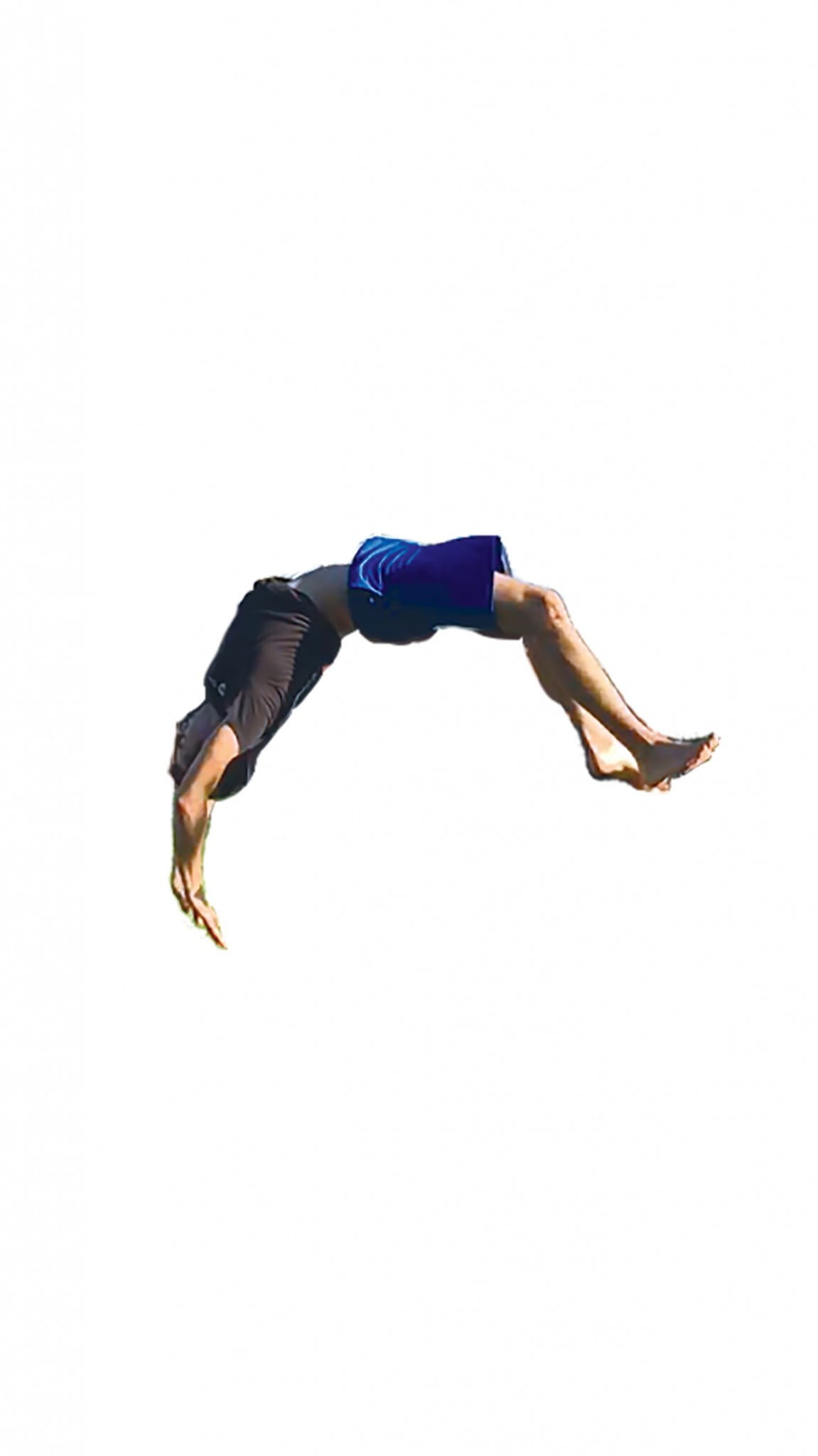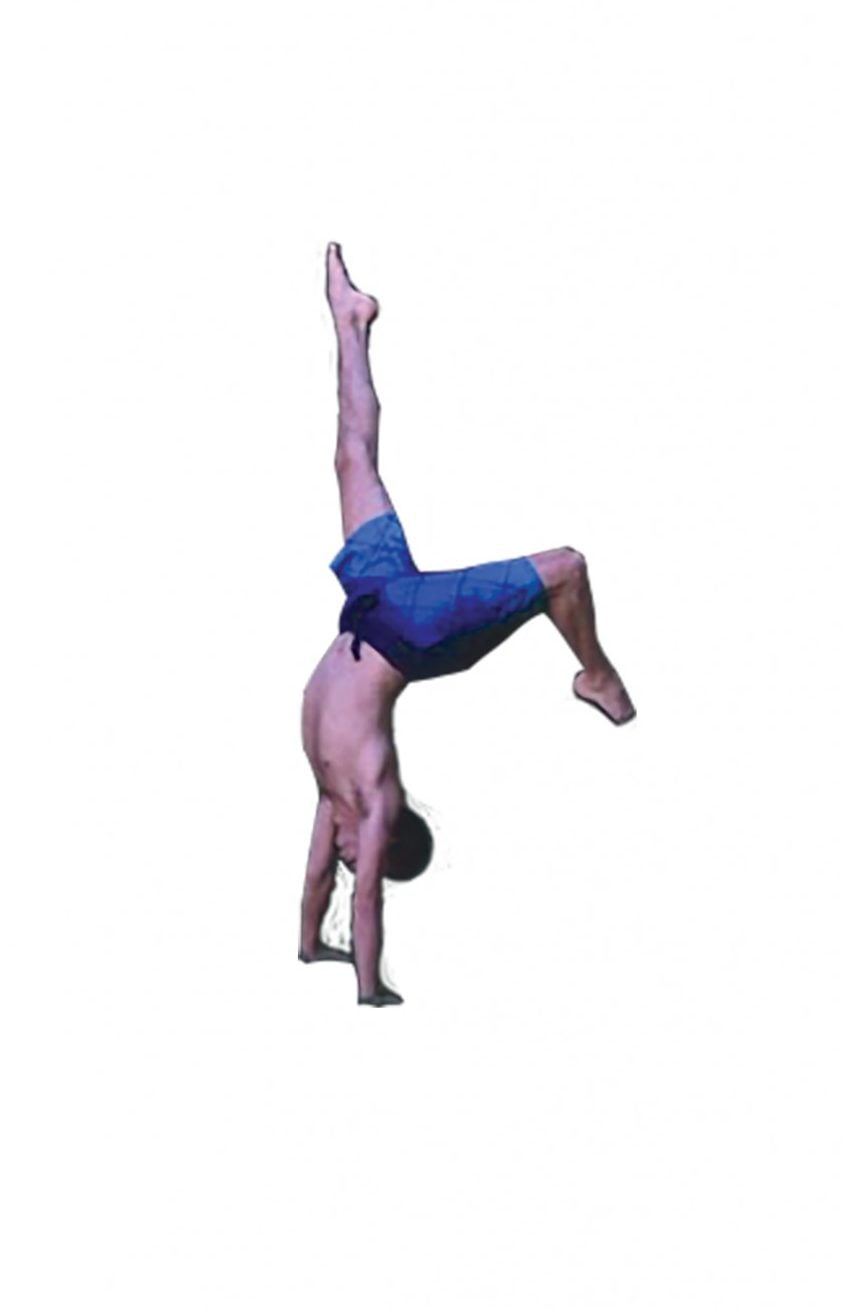Gymnastics wreaks havoc on all parts of the body. Whether a participant in the sport is performing stunts on the high bars or landing a perfect back tuck on the balance beam, muscles get strained and bones receive fractures. The brutality of the sport is exemplified by the typical ages of retirement: late teens and early 20s. One problem many gymnasts face is figuring out how to warm up properly and stretch before performing stunts.
Junior pre-med major Ajay Minton has been involved in gymnastics and acrobatic classes due to his long-term involvement in dance (he started at five years old). “In general, gymnastics and dance requires strength and stamina,” he said. “It also requires a heavy amount of mental focus because executing a skill wrong could result in injuries ranging from dislocations to a broken neck. I have been at recitals and competitions where I have witnessed such injuries.” He added that students involved or those wishing to participate in the sport need to learn proper stretches and execute those stretches before performing any stunt.

Junior pre-med major Ajay Minton has taken several gymnastics and acrobatic classes
The American Academy of Orthopaedic Surgeons (AAOS) states there are several ways a person can warm up before participating in gymnastics. These include doing jumping jacks, running or walking in place for three to five minutes. Coaches can also be a good source for discovering which stretches will work best for certain stunts; each stretch should be held for 30 seconds. Additionally, performers should hydrate and do “cool down” exercises. According to the AAOS, “Stretching at the end of practice or competition is too often neglected because of busy schedules…. Be sure to stretch after each training practice to reduce your risk for injury.”
In 1998, I was enrolled in the sport at the age of two. For a year, it was a casual engagement but after I moved to the Rockford area, I became more intensely involved. I was enrolled at the Gymnastics Academy of Rockford and trained until I reached Level 4 at ten years old. Some examples of the stunts I was performing included front handsprings, back walkovers and round-off back handsprings.
Then, I transitioned to tumbling after not being able to afford further training. Even though I had to quit after only eight years of being in the sport, my body was already facing irreversible damage. I suffered from multiple injuries (sprains and muscle tears) in my knees, ankles and feet, while I participated in the sport. Some damage, such as spinal problems, wasn’t recognized until I reached an older age.
To this day, I suffer from pain shooting through my foot at any point in time. My ankles will give out when I walk between buildings on campus. My kneecaps constantly ache after any sort of physical exertion, and I can’t sleep on my back due to the pain in those muscles. Despite these problems, I don’t regret any time I spent in gymnastics. There was a strong dynamic between my coach and I. I also had the opportunity to perform stunts that most people can’t dream themselves doing. The problem isn’t the sport itself – it’s performing to the point of physical damage.

